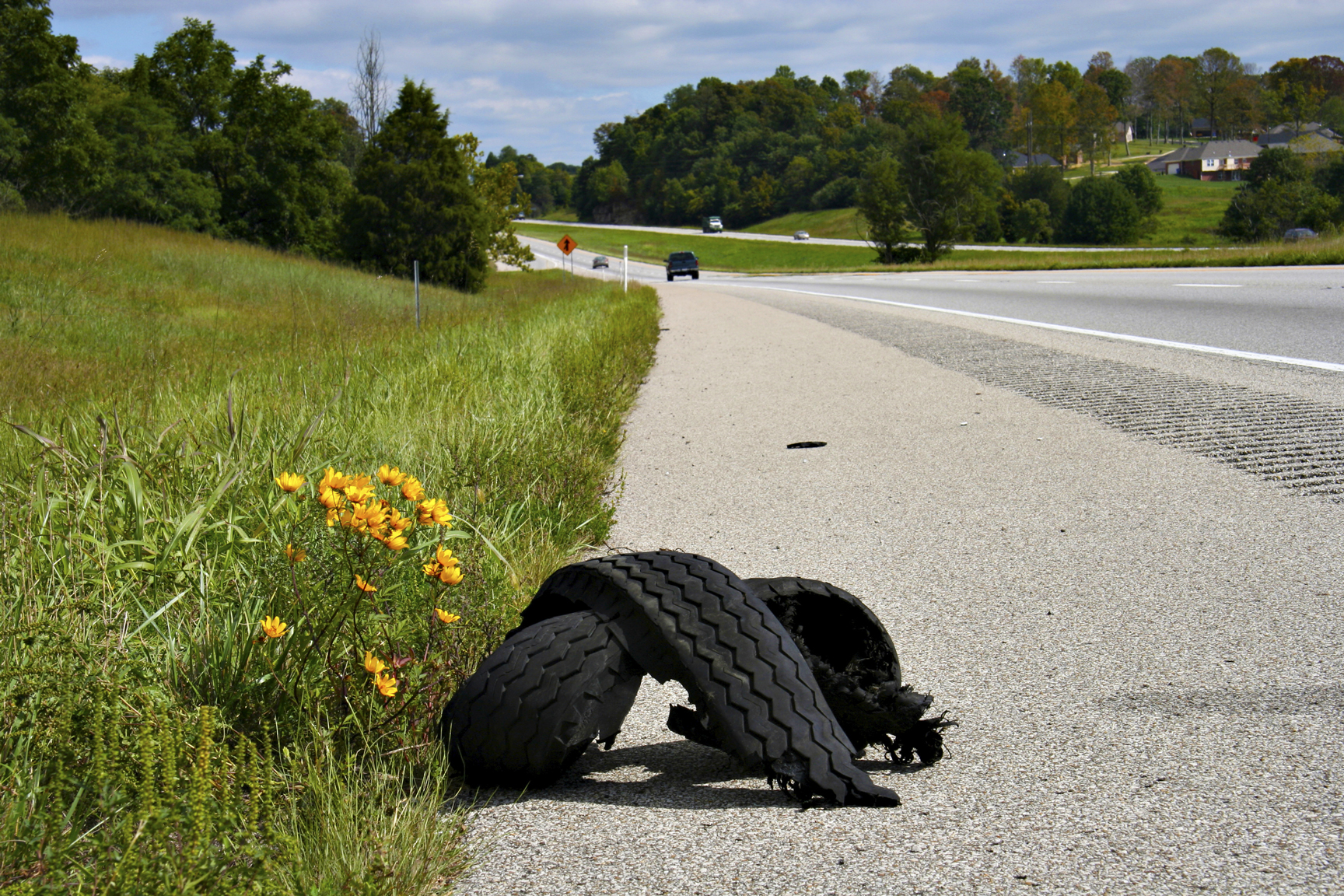1. DO YOUR CHECKS
Like a pilot running through their pre-flight checks, you should always run through pre-towing checks. It’s too easy to become distracted or to be in a situation where you’re hurrying (such as packing up camp in in the pouring rain) and miss something that will come back to bite you when towing down the highway. These checks will take you less than a couple of minutes.
Scan your eyes over the coupling to ensure it is properly connected, that the safety chains and the break-away wire are secure, and that the trailer plug is plugged in.
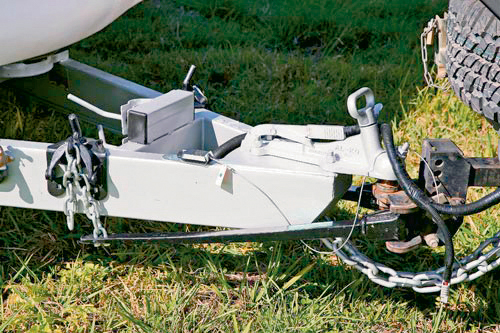
Then check that the handbrake is released and that the gas cylinders are turned off.
Make sure that the weight distribution hitch (if applicable) is secure, ten-sioned and that the safety pins are in place.
Walk around the van, checking that all windows are closed, wheel chocks are removed and the corner stabiliser legs are raised.
Stand back and look at the top of the van to ensure that hatches and the antenna are secured.
Take a quick peek inside the van to see that everything is battened down and, finally, ask your better half to check that the van’s taillights are working, and you’re done.
2. BACKING UP THE EASY WAY
When reversing a caravan, it is crucial to take your time. First, scan the area you’re about to back into. Are there any low branches, taps or other hard-to-see obstacles on the ground? Then, while still moving forwards, angle the vehicle and van roughly where you want the van to go when you start backing up. In other words, while driving forwards past the point where you want the van to go, turn the vehicle to the same side as you want the van to reverse back. This gets the vehicle and van in an open ‘V’ shape, all ready for reversing.
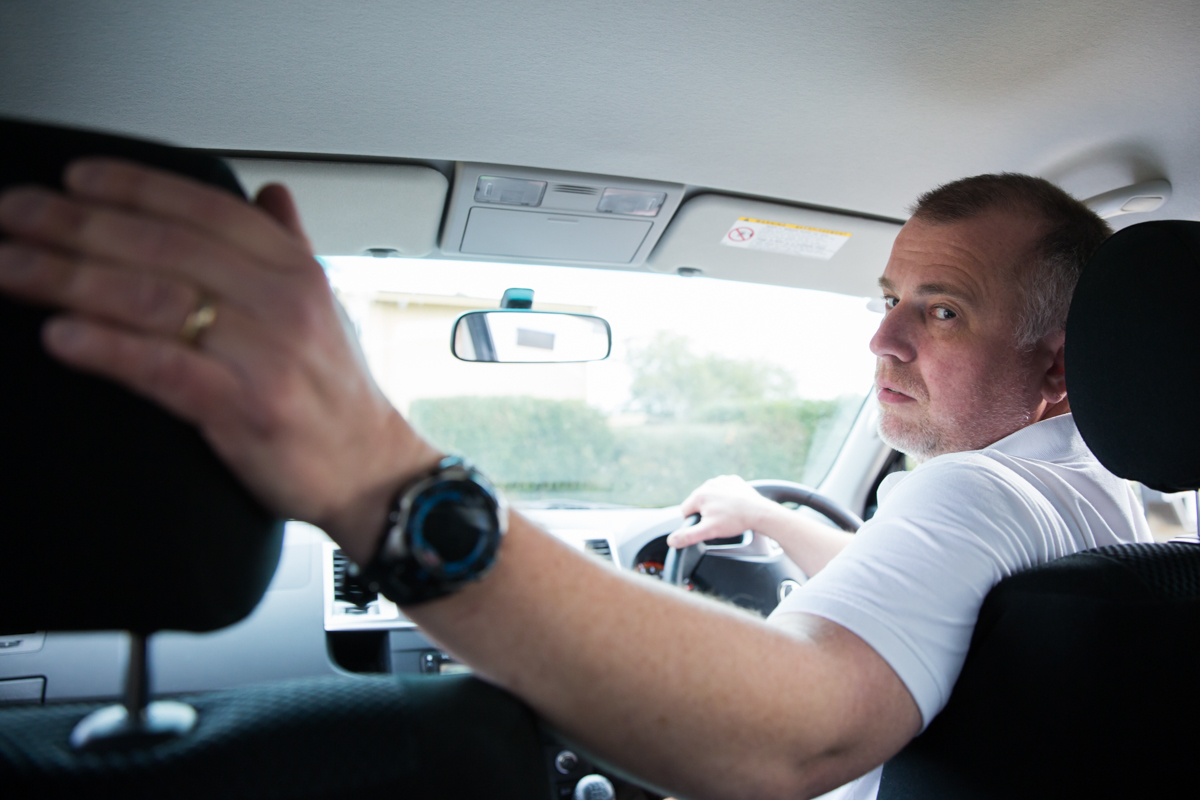
Then, it’s a matter of remembering to turn the wheel to the opposite way you want the van to go, and slowly creeping backwards. Don’t reverse quickly – the slower, the better, with as small steering inputs as possible.
If it’s all going to pot, the best thing is to pull the rig forward a few metres and go again.
If you have a spotter, get them to use hand signals you’ve already agreed on, but if you’re by yourself, get out and check what’s behind and above your van, several times if necessary.
3. LOOK AHEAD AND KEEP WIDE
If you’re in town on a narrow, cambered road, always look ahead for shop awnings or vertical posts close to the road and give them a wide berth. Narrow city lanes can be nerve-wracking when you’re sandwiched between two trucks that have their side mirrors in your lane.
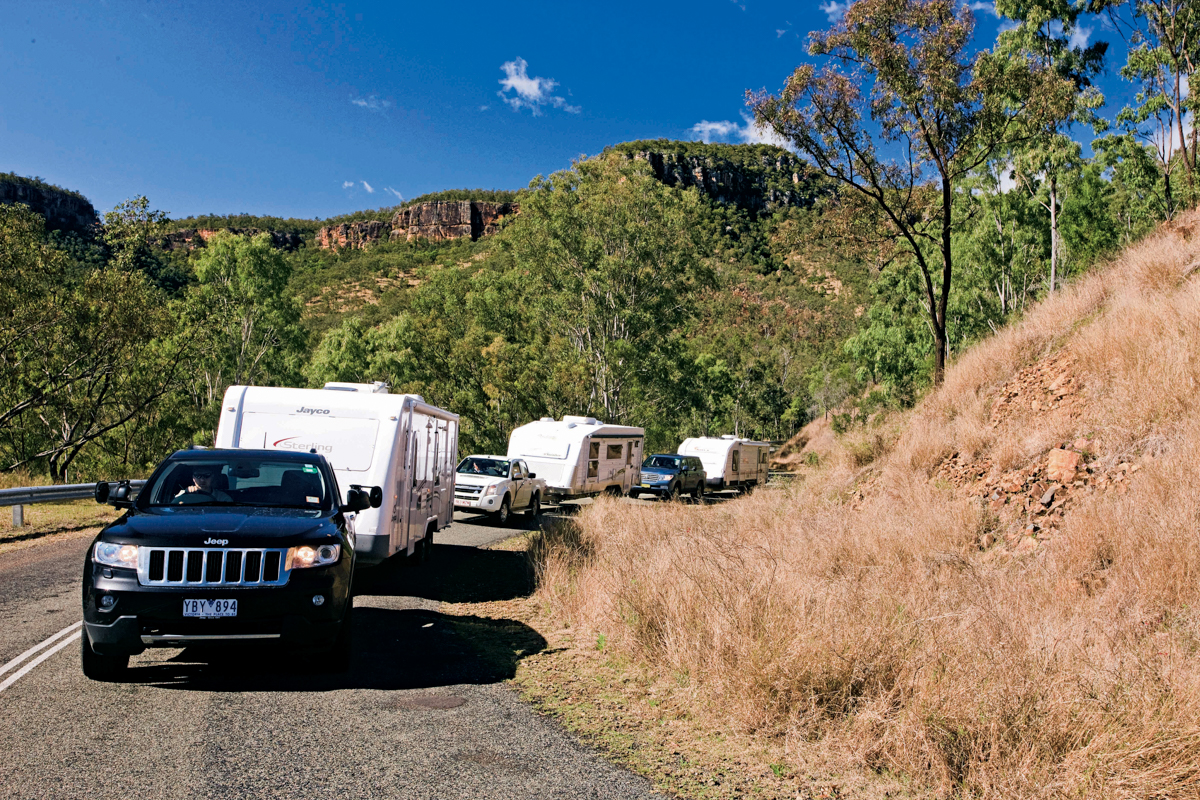
Go slowly and try to avoid being in between two other wide vehicles in the first place. If you’re on a narrow, multi-lane urban road and it’s practical to do so, stay in the outside lane. Often there will be a centre median strip, which may give you some more room on the left. Just keep an eye out for traffic light poles and other potential obstructions on the median strip.
Remember to keep a greater distance between you and the vehicle ahead than you would when not towing, both in town and on the open road.
4. RUN WIDE ON CORNERS
When turning a corner, the caravan will take a shorter path around the corner than the vehicle, therefore ‘cutting in’. This problem can be countered by taking the widest path possible around the corner.
Begin by moving your rig as close as you can to your side of the centre line (of a two-lane road) before the turn, and turn as late as possible and as wide as possible. You will soon develop a feel for it and realise that at times (such as on narrow suburban roads) the only way you will make the corner is to use both sides of the road.
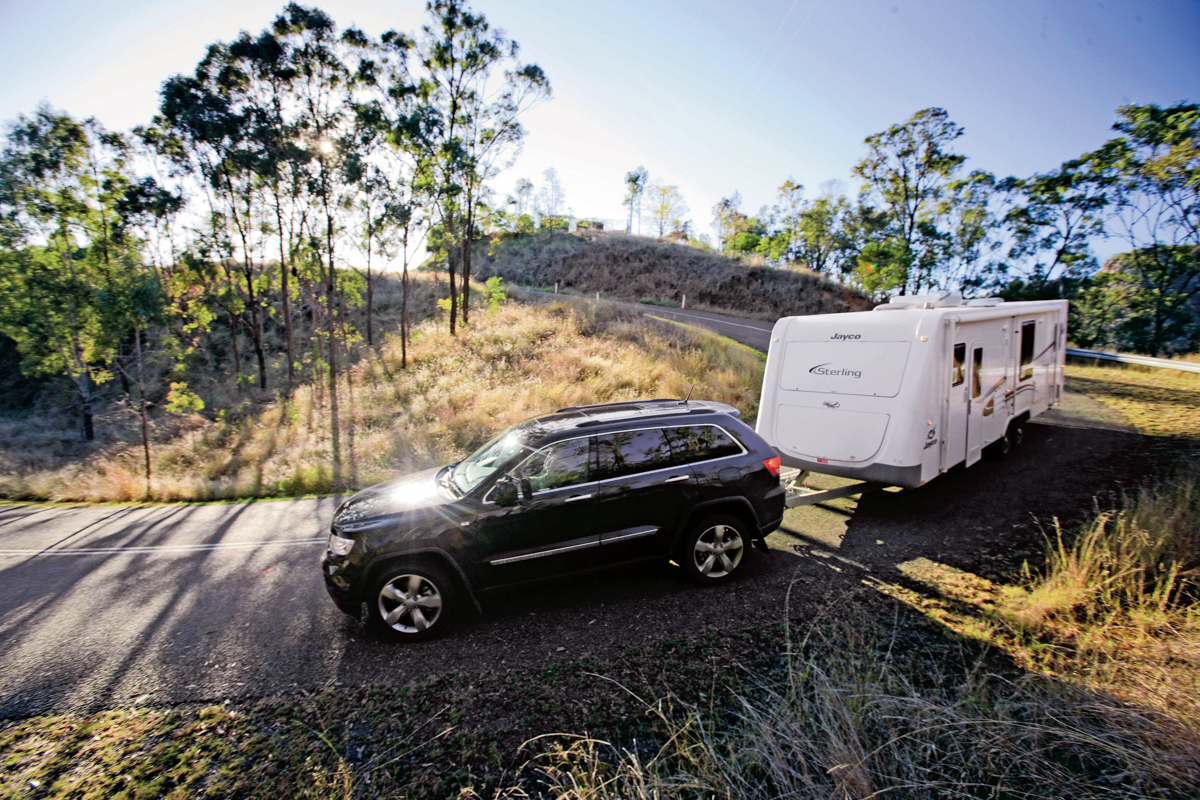
In such cases, it’s best to simply stop and wait until oncoming traffic has passed. If the combined length of your van and vehicle is 7.5m or greater, you can affix a sign to the rear advising other vehicles not to overtake while you are turning, which legally allows you to straddle two lanes on a multi-lane road just prior to a turn.
Roundabouts also require a different steering technique than when not towing, by turning later than you normally would to allow room for the van to stay in the lane.
5. COUNTERING SWAY
Towing at speed with a caravan swaying behind can be terrifying, but there are a few techniques for avoiding sway in the first place. Load your van so that it’s properly balanced, for starters. Use a weight distribution hitch if necessary, and make sure the tyre pressures are correct. When passing (or being passed by) large vehicles, keep as wide a berth as possible, so that the air being disturbed around them doesn’t affect your rig.
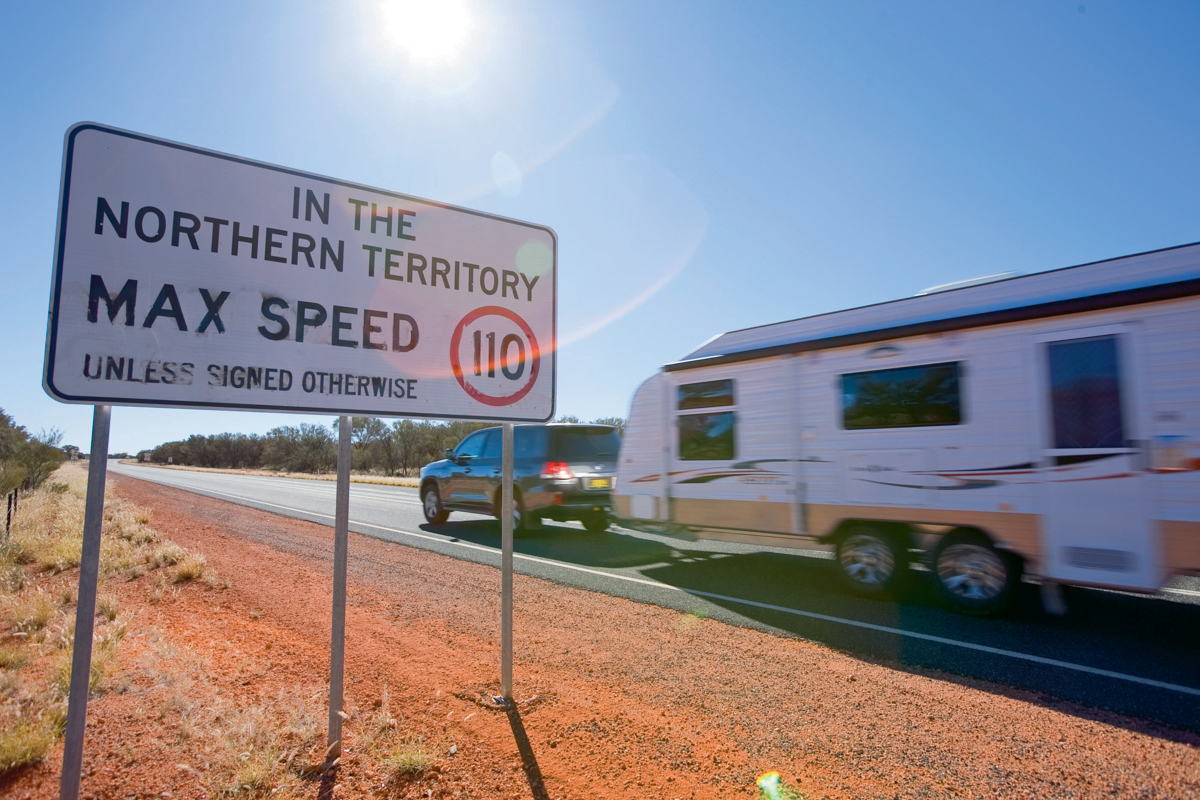
Pay attention to signs warning of a high wind area ahead and slow down in preparation.
If you are being overtaken by a large vehicle and can’t move over enough, slow down a little as the vehicle passes. If your van does begin to sway, gently ease off the accelerator. Once you’ve reduced speed by 10-15km/h, apply the electric brake override and accelerate. This will pull the rig straight, stopping the sway. Having an electronic stability control system installed will largely automate this process for you.
Need to service your tow vehicle? Read our Step By Step Guide To Servicing Your Tow Vehicle
Be prepared for a towing emergency by fitting AL-KO ESC to your caravan





